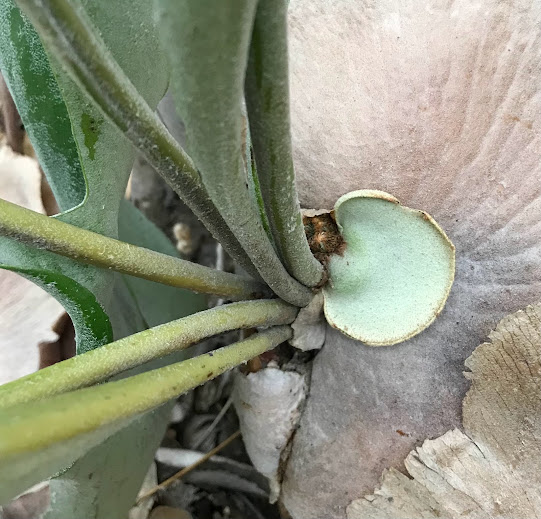Ahoy all. After telling many of my clients about which annuals do best for cool weather in SoCal, I thought maybe I'd tell you too. Let me start with why this is an issue. There are many annuals that DON'T do well. Everybody loves Pansies. But they get crown rot and 3/4 of them die even if you plant them high like you're supposed to. I get around that problem by only planting some in pots in my own garden. Lately even Violas are having the same issue. Snapdragons are pretty. But often they sit for a few months before flowering. I don't have time for that! And I have seen small caterpillars eat the flowers inside the bud before it even opens. Iceland Poppies are beautiful when I see them. But squirrels will eat the plant down to a nub. So, what is left? Calendulas!
Calendula is a cool season annual native to Asia, Europe and the Mediterranean. It was used as a medicinal herb to combat headaches, fever and toothaches and is said to have anti-inflammatory properties. It is also edible though I've never tried it. The foliage is kinda stinky. Colors available are yellow, orange and some mixtures. They are great in borders or companions for roses and Irises because they only get about 8" tall and wide. I plant them in Autumn and they'll last until it gets hot. I do have two clients who can keep them through the summer. And sometimes they will reseed and pop up here and there. I end up yanking mine to get in summer annuals BEFORE it gets too hot usually in May. It's nice to get 6 months out of an annual. They do best with a little deadheading. And they will last for several days as a cut flower with a short stem.
 |
| Yellow and orange are the most common. |
 |
| And this one with the dark center is really pretty! |
 |
| Here is that peachy one all the way open to show that dark eye. |
One of my favorite things about Calendulas is that the petals feel like bird feathers. They're super soft and pettable. So, we still have time for you to plant some Calendulas here in SoCal if you want. Enjoy!
Happy Gardening!












































